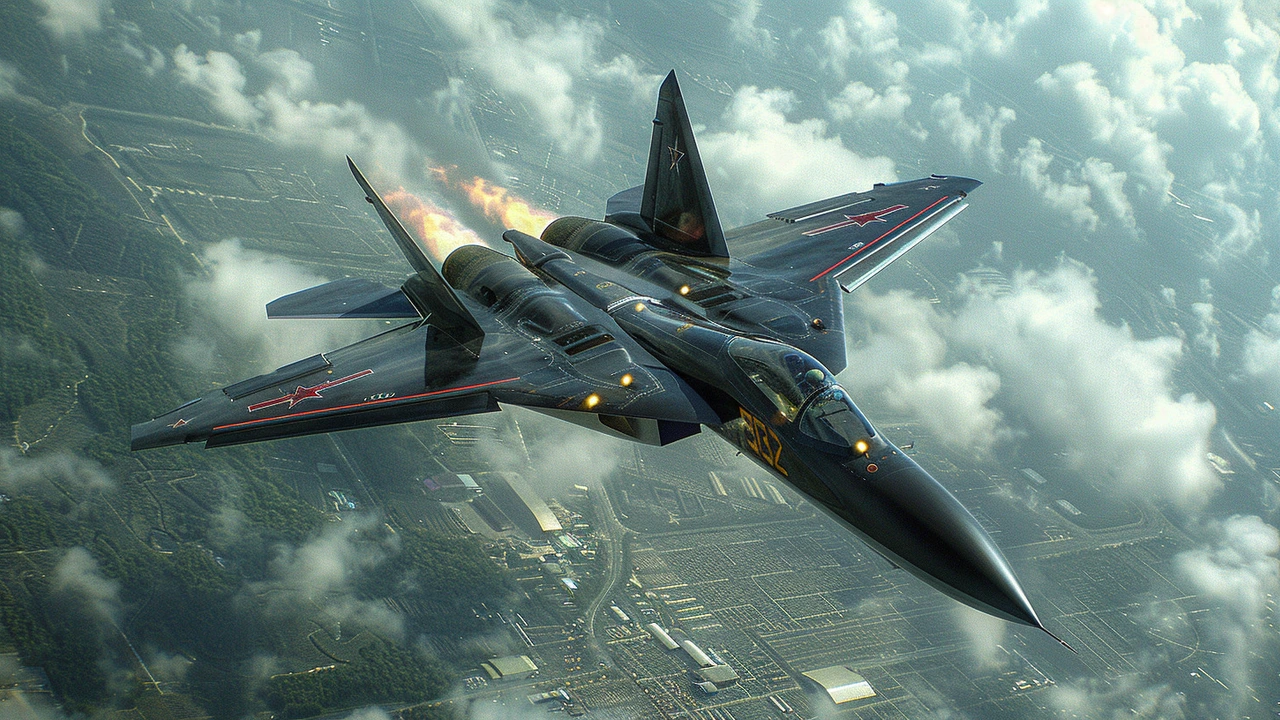Stealth Fighter: What You Need to Know
Stealth fighters are military jets designed to avoid detection, mainly by radar. Unlike traditional aircraft, these planes have special shapes and materials that help them stay invisible to enemy radar systems. This ability gives them an edge by making it harder for opponents to track or shoot them down during combat.
How do stealth fighters pull off this invisibility? First, their shape reduces radar signals bouncing back. The planes usually have smooth edges, angled surfaces, and minimal external attachments. Second, they use radar-absorbing materials that soak up radar waves instead of reflecting them. Together, these features make stealth fighters tough to spot and target.
Why Stealth Fighters Matter in Combat
In today's warfare, surprise and information dominance are key. Stealth fighters help pilots approach targets with less chance of being detected, allowing for precise strikes without early warning. This can be crucial in disabling enemy defenses quickly.
These jets often combine stealth with advanced weapons and sensors, making them not just invisible but also deadly and smart in battle. Countries invest heavily in these aircraft because they shift power balances and protect pilots by reducing exposure to threats.
Common Examples of Stealth Fighters
Famous models like the F-22 Raptor and the F-35 Lightning II show how stealth technology is used in modern fleets. Each has unique strengths, like superior agility or sensor networks, but all focus on avoiding detection to dominate in the sky.
For the everyday person curious about military tech, stealth fighters represent a high-tech blend of engineering and strategy. They are a reminder of how warfare technology evolves to meet new challenges and keep soldiers safer.

China Developing Land-Based Version of FC-31/J-35 Stealth Fighter: Expert Insights
China has been working on a land-based version of its stealth fighter, the FC-31/J-35. Initially developed for naval operations, the FC-31's new land-based variant shows significant design tweaks. Analysts suggest diverse motivations for this development, including domestic military needs and foreign export opportunities, with Pakistan expressing interest in acquiring the fighter jets.
Categories
- Sports (146)
- Politics (22)
- Entertainment (20)
- World (15)
- News (10)
- Lifestyle (8)
- Business (6)
- Technology (3)
- Health (3)
- Environment (2)
Popular Articles



